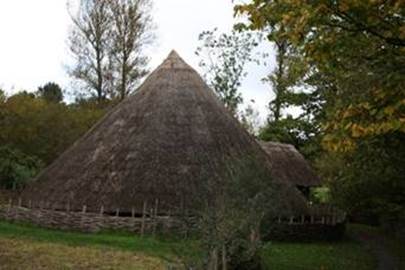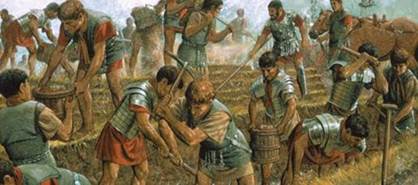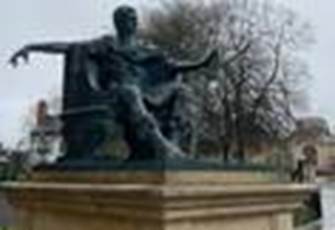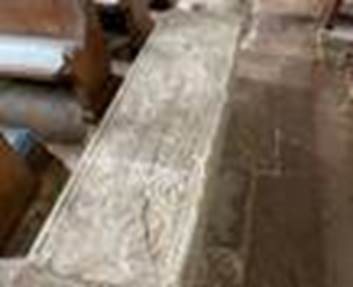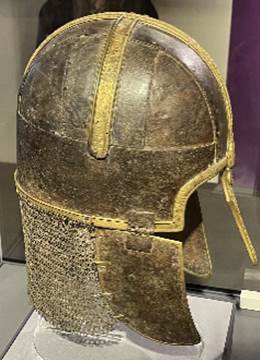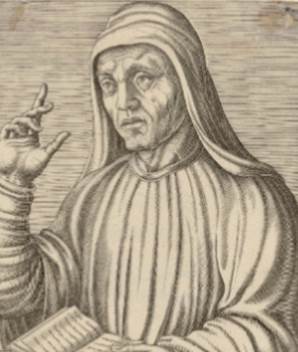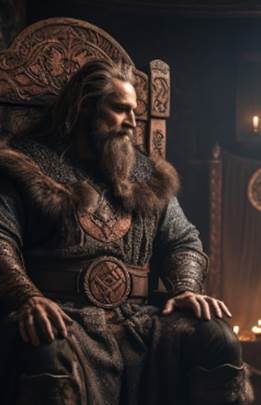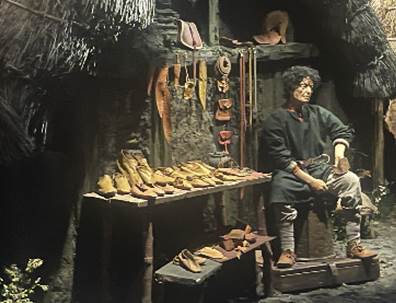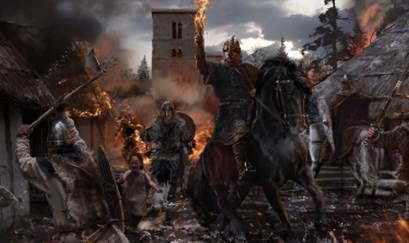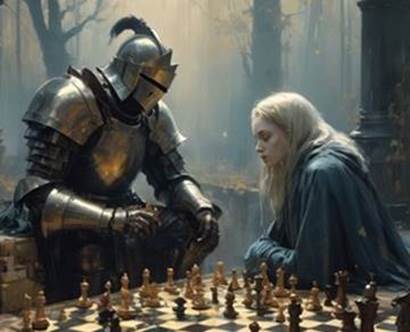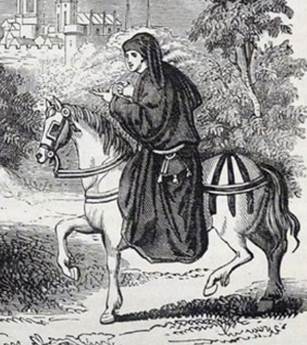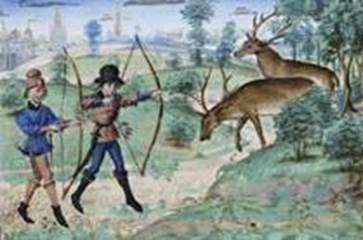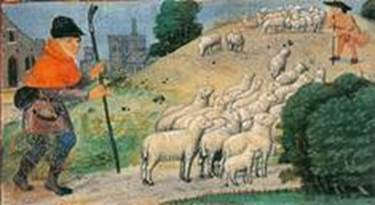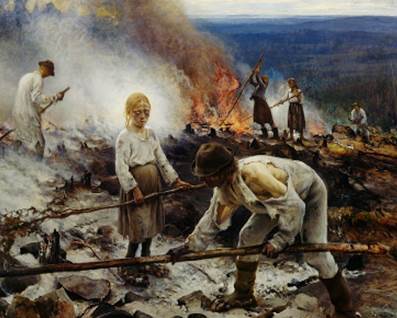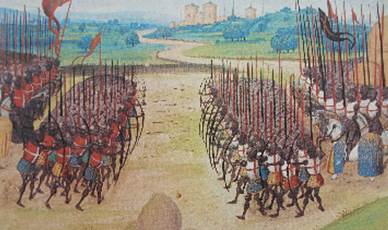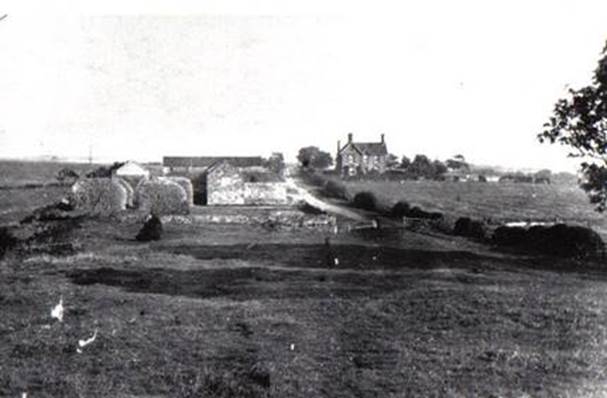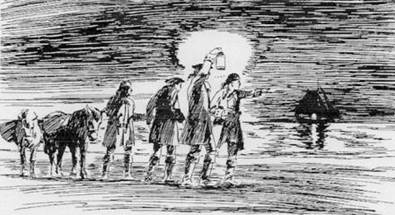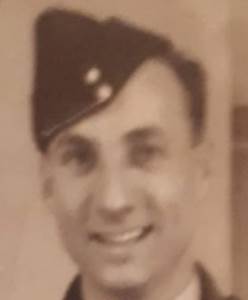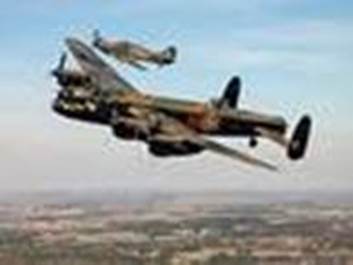
The
genealogy of the line of Farndales, descended from John Farndale and Jane Pybus
|
Return to the Home
Page of the Farndale Family Website |
The story of one
family’s journey through two thousand years of British History |
The 84 family lines
into which the family is divided. Meet the whole family and how the wider
family is related |
Members of the
historical family ordered by date of birth |
Links to other pages
with historical research and related material |
The story of the
Bakers of Highfields, the Chapmans, and other related families |
This webpage comprises the genealogical family tree
of the Brotton 3 Line and then summarises the deeper ancestry of this
line of the Farndales.
John Farndale, born in 1772, was the
father of 8. The family lived at Kilton and some moved to the coast and
Marske. The family also founded the Stockton 1 Line, the Stockton 2 Line and
the Loftus 2 Line.
The
family tree is colour coded to show the flow of relationships between
individuals. You can also follow the hyperlinks in brown text
to link directly to other related family lines and the hyperlink in blue text to
reach the webpage of each individual, where you can read about their lives in
more detail.
|
|
|
|
|
|
|
|
|
|
|
|
|
John
Farndale 24 March 1750 to 23 October
1828
Married Jane Pybus on 23
December 1794 Farmer Brotton, Loftus, Skelton |
|
|
|
|
|
John
Farndale 16 March 1796 to 28 October
1868 Married Elizabeth Wallace
(sometimes Wallis) on 30 December 1827 Farmer, farm labourer, iron
foundry labourer Stockton, Brotton, Kildale,
Barnby, Roxby, Whitby, Kirkleatham |
Jane
Farndale 2 December 1798 to 5
November 1845 Married Isaac Robinson on 9
November 1824 Brotton, Loftus |
William
Farndale 9 August 1801 to 23
February 1876 Married Jane Scott on 31
May 1841 Agricultural labourer, a
farmer of 35 acres and later a cartman Note the tragedy of his
three daughters who died young, each leaving their own young children with
their widowed mother Brotton, Saltburn, Kilton,
Whitby, Marske |
Hannah
Farndale 7 April 1805 to December
1866 Married George Ventress, a
farmer, on 29 April 1843 Brotton, Skelton They had three children,
Hannah Ventress (born 1844), George Ventress (born 1846) and John Ventress
(born 1847) |
George
Farndale 15 March 1807 to 17
November 1847 Married Ann Child (nee
Ventress – perhaps the sister of George who married his sister Hannah) on 2
April 1842 A farmer in Brotton who
died aged 40. His widow continued to run the farm of 60 acres and three
employees after he died Kilton, Brotton |
Mary
Farndale 2 to 3 July 1811 An infant girl who died at
birth Brotton |
Robert
Farndale
27 February 1814 to 5
February 1866 Master Grocer of Stockton Married Sarah Taylor on 6
February 1841 Stockton, Brotton |
Mary
Ann Farndale 27 February 1814 to 1853 Married John Porritt, a
wheelwright on 4 February 1843 Brotton, Skelton They had a son, John
Herbert Porritt |
|
|
|
|
|
|
|
|
|
|
|
Mary
Jane Farndale 11 March 1842 to 2 November
1871 Married Henry Appleby, a
joiner, on 22 July 1865 Although still married, she
was living with her parents and Eva by 1871. This may be because she was ill,
as she died the same year. Brotton, Guisborough,
Marske |
Hannah
Farndale 10 December 1843 to 19
April 1875 Married Richard Agar in
1868 Hannah lived with her
parents in 1871, and died in 1875 leaving her widowed husband and young
daughters who continued to live with her mother Brotton, Guisborough,
Marske |
Sarah
Ann Farndale 11 September 1846 to 14
August 1871 Married John Purdy on 29
October 1866 Hannah was a house servant
by 14, who left a widower and young two year old daughter when she died aged
24 Brotton, Marske |
William
George Farndale 22 June 1856 to 15 February
1915 William served as a soldier
at the time of the Anglo Zulu War. Married Elizabeth Buckenham
on 7 December 1902, aged 46 He was a butcher in Marske
in 1911, living alone as a lodger. He died at the age of 57 in the workhouse
in Guisborough in 1915 Brotton, Guisborough,
Marske |
George
Farndale 8 March 1843 to 1 August
1917 Married Hannah Mary Walker
on 9 November 1867 Miller at Kilton Mill and
then Ironstone miner of Loftus, later joiner and picture framer in
Middlesbrough (his father in law, William Walker, was manager of Ormesby
mines) Loftus, Brotton,
Middlesbrough |
|
|
|
|
Eva
Appleby (Born 1869) |
Fenna
Agar (Born 1871) and Sarah
Agar (Born 1874) |
Lily Purdy (Born 1869) |
|
|
|
|
|
|
|
|
|
|
|
|
|
|
|
|
|
|
|
|
|
|
|
|
|
William
George Farndale 19 December 1868 to 9 March
1950 Married Annie Emma Bell on
16 April 1892 Clerk of Middlesbrough who
went to USA in 1907 as an accountant and settled in California Guisborough, Loftus,
Liverton, Middlesborough, Riverside California |
Sarah Annie
Farndale 26 September 1870 to 25
August 1945 Married Arthur Wilks on 26
May 1897 Loftus, Liverton,
Guisborough, Middlesbrough, Great Ayton, Sheffield |
Arthur
Edwin Farndale 10 May
1875 to December 1962 Married
Mary Ann (Mary Annie) Burns on 10 August 1896 and Elizabeth Roberta Southern
on 23 December 1933 Clerk
at the Battersby Rail Junction with the North Eastern Railway Company. Liverton,
Loftus, Middlesbrough, Battersby, Teesdale, Thirsk,
Robin Hood's Bay |
Edith
Emily Farndale 15 June 1877 to 1966 Married John George Smith
in 1904 and Arthur Wilks in 1944 A milliner for a while Middlesbrough, Guisborough,
East Thickley |
|
|
|
|
Alice
Maud Farndale 16 August 1899 No other record so presumably she also died an infant Loftus |
|
Polly
Farndale 1896 to 6 January 1899 Died aged 2 Buried at Loftus cemetery Frank
Farndale 12 January to 14 September 1898 Died aged 8 months. Buried at St Leonard, Loftus Eileen
Wilks (Born 1898), Kathleen
Wilks (Born 1900), Colin E F Wilks (Born 1903), William Wilks
(Born 22 August 1911) |
|
|
|
|
|
|
|
|
|
||||
|
|
|
|
|
|
|
|
|
|
George
William Farndale
12 February 1897 to 21
August 1953 Married Doris May Earnshaw
on 26 December 1921 Clerk, shipping clerk and
financial accountant and clerk with the Army Pay Corps (and Army Service
Corps) during WW1 Middlesbrough, Maidstone,
Croydon, Lambeth, Liverpool, Great Ayton |
|
Arthur
Edwin Burns Farndale
10 October 1901 to 30
August 1952 Married Jane E (“Ella Jane”)
Foley in 1932 Finance Company Assistant
Manager and Accountant in Wiltshire Middlesbrough, Hendon,
Marlborough, Harrow |
Alfred
Farndale
18 June 1903 to 1990 Married Agnes Biggins in
1928 An engine cleaner with the
North Eastern Railway Company and Railway Engine Firemen at Middlesbrough Liverton, Middlesbrough,
Cleveland |
Dorothy
Farndale
25 December 1909 to 1960 Married Charles Wood in
1939 Liverton,
Middlesbrough |
|
18 March 1912 to 30 August 1944
Married Glenys Muriel P Picton (probably incorrectly recorded Muriel Swales) in
1932 RAF Sergeant who was killed in action
over Denmark, 30 Aug 1944. Secretly buried by the local Danish people who
ignored the orders of the Wehrmacht. Middlesbrough, Fulham |
Albert Farndale
22 December 1914 to 1986 Married Beryl F Cattermole in 1939 Airman and Corporal in RAF Middlesborough, Mitcham, Surrey, Chichester |
|
|
|
Go
under |
|
|
|
|
|
|
Brenda
Farndale 1925 to 1997 Married Reginald Pegg in
1945 and Kenneth Willshaw in 1977 Maidstone, Staffordshire,
Stoke on Trent |
Patricia
Farndale 20 February 1927 to 18
March 1995 Married Allen Gordon Smith
in 1949 Maidstone, Norwich, Hereford,
Surrey, Birmingham |
Sheila
Margaret Farndale
1928 to 20 September 2007 Maidstone, Staffordshire,
Harrogate, Manchester |
George
Brian Farndale 1930 to 1930 Died aged 0 Maidstone, Croydon |
John
Alan Farndale
18 February 1932 to 10
September 2012 Married Ardith Fay Gebben
(US citizen) and Marion Dorothea Klaembt (US
citizen) in 1984 Sales Manager with many
interests Croydon, Holland Michegan, Santa Ana and Newport Beach, California and
Snohomish Washington |
Georgina
Ann Farndale 1 August 1934 to 21 August
1998 Married Charles S Wingard
at Hendon in 1953 and Arthur M Van Haun in California in 1979 Emigrated to the USA Lambeth, Hendon, Orange
County California |
Brian Picton
Farndale
28 March 1934 to 20 June 2009 Married Elizabeth Jean Evans on 11
March 1961 Pontypridd, Merthyr Tydfil, Glamorgan |
|
|
Stewart
Lindsay Pegg and
two others |
Michael Allen Farndale Smith |
From
Arthur and Ellen Jane Farndale |
|
|
|
|
|
|
|
|
Helen
Rosemary Farndale
1935 to 13 January 2015 Hendon, East Sussex |
Robert
(Bob) M B Farndale 1 December 1939 to 24
December 2004 Emigrated to Brisbane,
Australia Hendon, London, Wellington,
New Zealand, Brisbane, Australia, Herault, France |
|
Alison Farndale 1962 Pontypridd |
Nicola Farndale
1966 Married Ian Morgan in 1994 Pontypridd |
|
|
|
|
|
|
|
|
|
|
|
|
|
|
|
|
|
|
|
|
|
|
|
|
|
|
|
|
If you are subscribed to Ancestry
you can also visit the
Farndale Family Tree on Ancestry,
which links the whole family together.
The
Deeper Ancestry of the Brotton 3 Line
The
matrix below will transport descendants of the Brotton 3 Line into a
personal journey into their deep ancestry. It is an extract of the Farndale Story
which is bespoke for the Brotton 3 Line descendants. It will take you back to
the earliest history of our ancestors and each box will transport you to a more
detailed narrative to unlock your history.
|
|
|
|
A Time Machine to a different era of geological time in the
heart of our ancestral home |
|
|
|
|
|
|
|
The Iron Age, Bronze Age, Neolithic,
and Mesolithic evidence of the people of the immediate vicinity to Farndale |
|
|
|
|
Isurium Brigantum (Aldborough) The Roman Regional Capital of the lands around Kirkdale |
A Roman Villa on palatial scale just south of Kirkdale |
A Roman Villa only 2km from Kirkdale in the heart of our
ancestral lands |
71 CE to 580 CE The lands which would become the lands
of Kirkdale and Chirchebi in Roman and Pagan times |
A Roman arm purse which can be seen in
the British Museum in London today, found in about the second century CE by a
cairn overlooking Farndale, which will transport you back 2,000 years |
The Roman Capital of northern England where Constantine was
proclaimed Emperor |
|
|
|
|
|
560 CE to 793 CE Kirkdale and the Chirchebi
Estate in the Anglo Saxon Period |
Kirkdale from its founding in about 685 CE to the beginning of
the Scandinavian period in about 800 CE |
Deirian and Northumbrian York,
a political, cultural and educational Hub on the European stage The people who dominated our ancestral lands |
Alcuin
and the birth of modern education
The world of Ecgbert and Aethelbert, successors to Bede, and
their pupil Alcuin, who took York’s powerhouse of knowledge to the court of
Charlemagne to pioneer the European educational system |
|
|
|
The powerful figure at the heart of the aristocracy, who
rebuilt Kirkdale and put our ancestral lands firmly onto the national
political stage |
793 CE to 1066 Kirkdale and the Chirchebi
Estate in the Scandinavian Period |
Anglo-Saxon-Scandinavian
Kirkdale Kirkdale in the Anglo-Saxon-Scandinavian period from about 800
CE to 1066, with a brief summary of its history through to 1500 |
The Scandinavian centre of northern England |
A unique treasure whose secrets
transport us into the world of the eleventh century upon which you can stare
today, imagining direct ancestors who did the same a thousand years ago |
|
|
|
Regime Change |
1066 to 1200 The People of the Kirkbymoorside (“Chirchebi”)
Estate after the Norman Conquest |
This history of the Cistercian monastery of Rievaulx, in whose
Chartulary the name Farndale was first recorded in 1154 |
|
|
|
Our Pioneer ancestors who left Farndale
but took its name to settle in new places |
Tales of a surprisingly large number of
our forebears who were poachers in Pickering Forest. Their archery skills
would foretell the legends of Robin Hood and the English army at Agincourt |
Rural lifestyles from the Norman Conquest |
A model which
relies on extensive medieval evidence, to suggest the most probable family
tree of the earliest ancestors of the Farndales |
Thirteenth Century Farndale
Clearing the dale to build our new home |
The story of the dale of Farndale to 1500, to accompany the
family story |
Tales of archers and men at arms who
fought with Richard II, Henry IV and Henry V and an observation post in the
home of the Nevilles and Richard III from which to view the Wars of the Roses |
|
The history of the village of Campsall north of Doncaster,
where we find our ancestors in the sixteenth century |
The
History of Doncaster to 1500 The History of pre industrial Doncaster from its Roman
inception as Danum to the end of the sixteenth century |
The Family of William Farndale, the
Fourteenth Century Vicar of Doncaster |
|
Arrival in
the old Bruce lands around Skelton Castle The Sixteenth and Seventeenth Families
of Kirkleatham, Skelton, Moorsholm and Liverton in Cleveland |
A history of Kirkleatham and Wilton,
the place where our family first settled in Cleveland |
|
|
|
|
|
|
|
|
|
|
The family story of mining, mainly for ironstone, the
primary resource behind the industrial development of Cleveland |
Transition to the Industrial Revolution John Farndale, my
great x2 uncle, was a prolific writer who captured the essence of the late
eighteenth century and its transition into the Industrial Revolution. The
family’s history provides a direct pathway to experience these years of
momentous change |
Three generations of
Kilton Farndales in one place. A side trip to nearby
Boosbeck and Skelton take you to the gravestones two later generations. Take
in Wensley and you’ll find two more recent generations. Seven generations of
the family in one short drive |
|
The First Hub The story of the
Kilton Farndales, a family who dominated a village, since lost to time, over
two centuries |
The story of the lost village of Kilton and
its sylvan landscape A journey around
modern Kilton, of farms, a ruined castle and a small village of Kilton Thorpe
to capture the essence of the two century home of Farndales |
Stories of smugglers, led by my great x3
grandfather known as the King of the Smugglers, and the undoubted involvement
of our forebears |
|
|
|
|
|
|
|
|
|
|
1912 to 1944
An airman shot
down over Denmark after a bombing raid, and secretly buried by the Danish
resistance
The story of the
shooting down of Lancaster ME 718 |
Opportunities
for work as servants in households |
|
The family story of mining, mainly for ironstone,
the primary resource behind the industrial development of Cleveland |
The
engine of Cleveland’s Victorian development was its mineral supply,
particularly its ironstone. Individuals in the Farndale Story worked in an
extensive network of mines throughout the area |
|



















